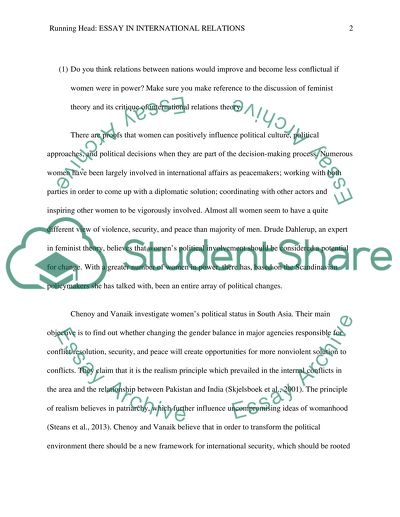Cite this document
(The Concept of Nation-state, Women in Political Culture Assignment, n.d.)
The Concept of Nation-state, Women in Political Culture Assignment. Retrieved from https://studentshare.org/politics/1490452-2-questions-to-be-answered-for-an-essay-in-international-relations
The Concept of Nation-state, Women in Political Culture Assignment. Retrieved from https://studentshare.org/politics/1490452-2-questions-to-be-answered-for-an-essay-in-international-relations
(The Concept of Nation-State, Women in Political Culture Assignment)
The Concept of Nation-State, Women in Political Culture Assignment. https://studentshare.org/politics/1490452-2-questions-to-be-answered-for-an-essay-in-international-relations.
The Concept of Nation-State, Women in Political Culture Assignment. https://studentshare.org/politics/1490452-2-questions-to-be-answered-for-an-essay-in-international-relations.
“The Concept of Nation-State, Women in Political Culture Assignment”, n.d. https://studentshare.org/politics/1490452-2-questions-to-be-answered-for-an-essay-in-international-relations.


